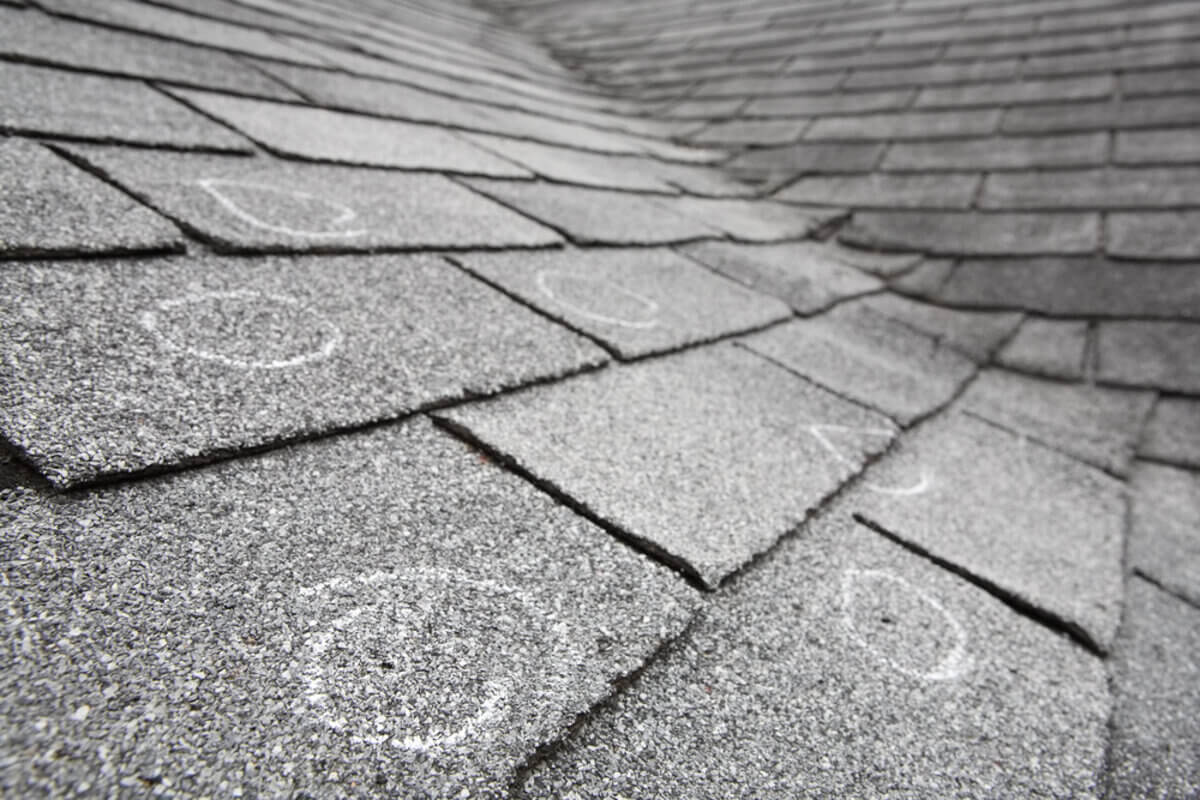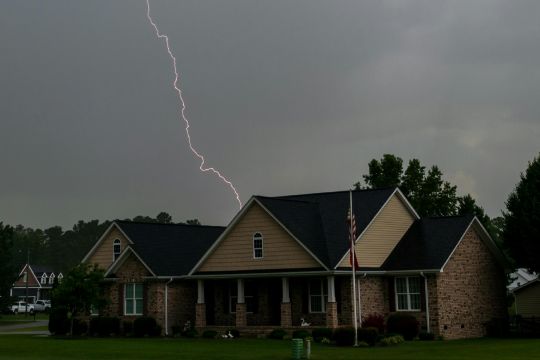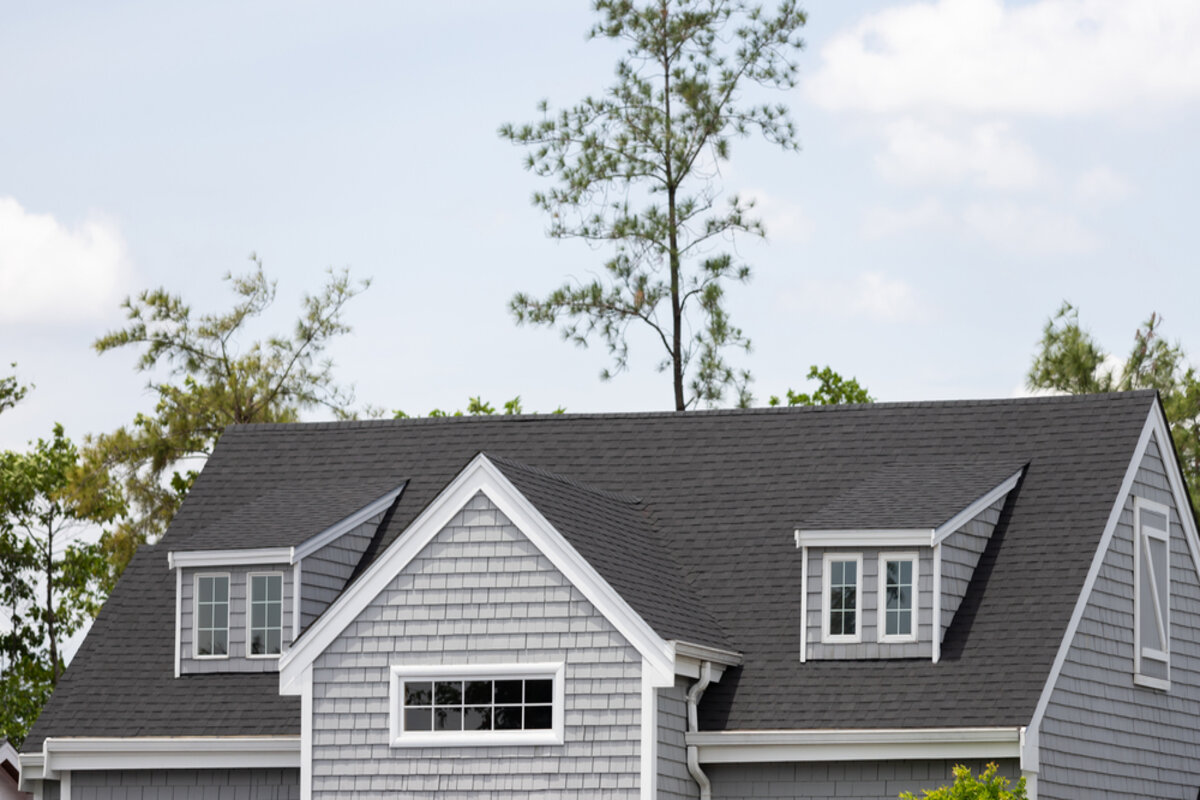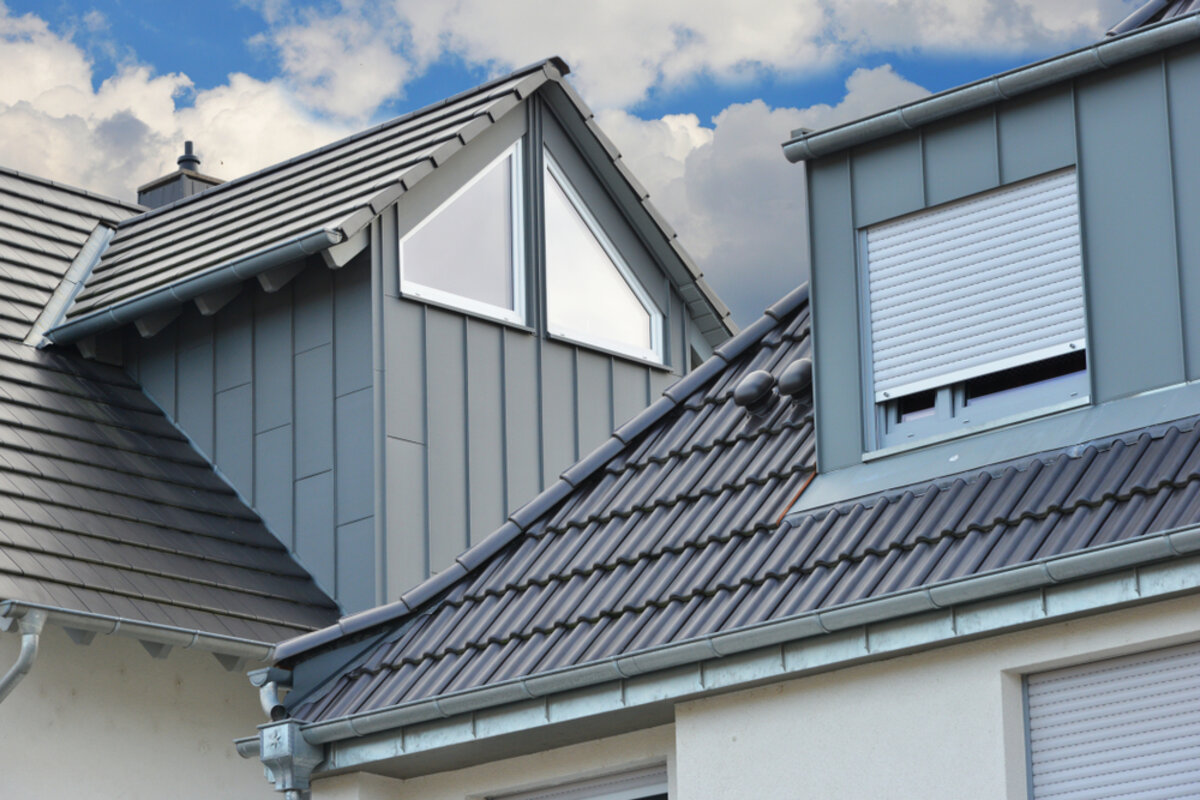Hailstorms can wreak havoc on roofs, leaving homeowners’ grappling with the aftermath. If you’re like many homeowners’, you might be wondering whether your insurance policy covers roof hail damage. In this guide, we’ll explore the ins and outs of homeowners’ insurance coverage for roof hail damage, so you can be prepared in case of a storm.
Understanding Homeowners’ Insurance Coverage for Roof Hail Damage
What Is Roof Hail Damage?
Before exploring the nuances of insurance coverage, it’s prudent to establish a clear understanding of what constitutes roof hail damage. When hail strikes, it can leave behind a range of detrimental effects, including but not limited to dents, cracks, and punctures on the surface of your roof. These damages not only compromise the structural integrity of your roof but also pave the way for potential leaks and other consequential issues if left unaddressed.
Consequently, failing to promptly rectify hail damage can exacerbate the situation, resulting in escalated repair costs and heightened risks to the overall integrity of your property. Therefore, gaining insight into the various manifestations of roof hail damage underscores the significance of proactive maintenance and timely intervention to safeguard your home from the adverse impacts of inclement weather.
Does Homeowners’ Insurance Cover Roof Hail Damage?
For countless homeowners’, a pressing concern revolves around the coverage of roof hail damage by their insurance policies. So, does your policy provide coverage? Well, the answer isn’t straightforward. Although the majority of standard homeowners’ insurance policies do include coverage for hail damage, the extent of this coverage hinges on various factors, such as the specific terms of your policy and the insurance provider you’ve chosen.
Reviewing Your Policy
When evaluating whether your insurance policy extends coverage to roof hail damage, a meticulous examination of your policy documents is imperative. Take the time to scrutinize the fine print, paying close attention to any language about hail damage and potential exclusions or limitations that may be imposed.
It’s worth noting that certain policies may necessitate supplemental endorsements or riders to ensure comprehensive coverage for hail damage, underscoring the importance of a thorough understanding of the specifics outlined in your policy. By investing the effort to familiarize yourself with the intricacies of your policy, you can confidently navigate the complexities of insurance coverage and make informed decisions regarding your homeownership protection.
Filing a Claim for Roof Hail Damage
Should your roof fall victim to hail damage, the subsequent course of action entails filing a claim with your insurance provider. This involves gathering comprehensive documentation of the damage, including detailed photographs and estimates obtained from trusted contractors. Subsequently, your insurance company will dispatch an adjuster to meticulously assess the extent of the damage and ascertain the appropriate payout, aligning with the coverage outlined in your policy. This thorough process ensures fair compensation for the incurred damages, facilitating a smooth resolution of your claim.
Navigating Coverage Limitations
While homeowners’ insurance typically covers roof hail damage, it’s essential to be aware of any limitations that may apply. For example, some policies may have a deductible that you must meet before coverage kicks in. Additionally, coverage limits may apply, meaning you may be responsible for any costs that exceed your policy’s maximum payout.
The Importance of Regular Maintenance
To mitigate the risk of roof hail damage and ensure maximum coverage under your homeowners’ insurance policy, regular maintenance is key. Inspect your roof regularly for signs of wear and tear, and address any issues promptly to prevent further damage. By keeping your roof in good condition, you can minimize the risk of costly repairs and maximize your insurance coverage.
Conclusion
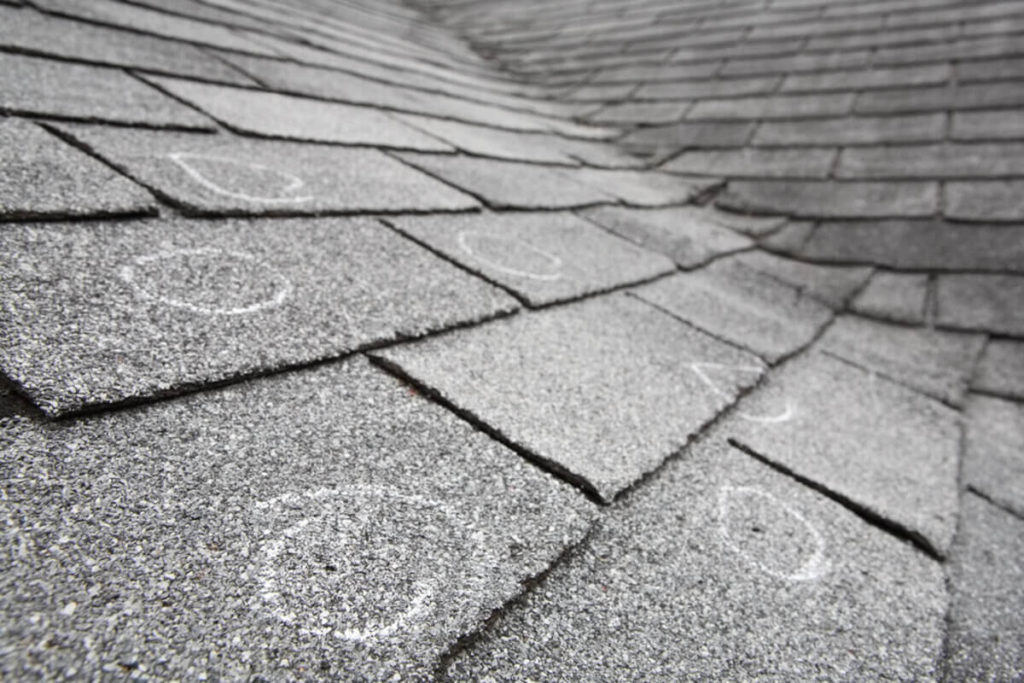
Homeowners’ insurance can provide valuable coverage for roof hail damage, but it’s essential to understand the specifics of your policy. Review your policy documents carefully, and consider consulting with an insurance agent if you have any questions or concerns. If you’re in Minnesota and seeking expert advice on roofing and insurance coverage, don’t hesitate to contact Perfect Exteriors today for personalized assistance.

